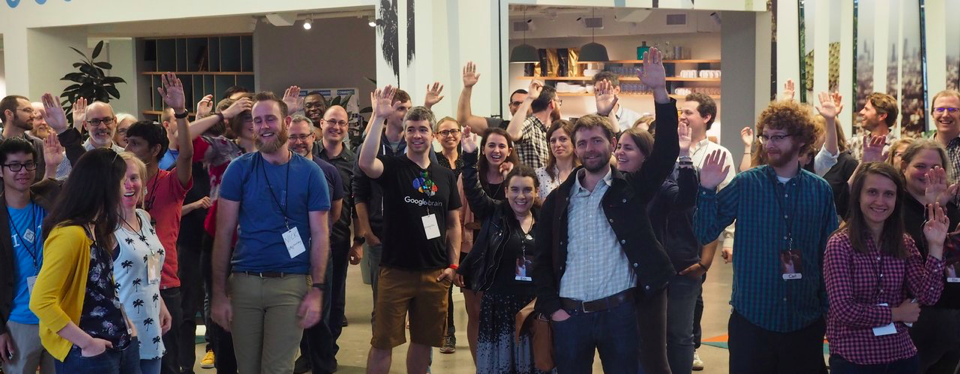We’re now mid-way through the first year of the AAAS Community Engagement Fellows Program (CEFP), funded by the Alfred P. Sloan Foundation. The first cohort of Fellows is made up of 17 scientific community managers working with a diverse range of scientific communities. As they continue to develop their community engagement skills and apply some of the ideas and strategies from their training, the Fellows will report back on the blog, sharing their challenges, discoveries, and insights. Today, Fellow Stefanie Butland shares tips for fostering in-person relationships in an online community with an annual “unconference”.
Posted by Stefanie Butland, Community Manager at rOpenSci, – Open Tools for Open Research

In May 2017, I helped run a wildly successful “unconference” that had a huge positive impact on the community I serve. rOpenSci is a non-profit initiative enabling open and reproducible research by creating technical infrastructure in the form of staff- and community-contributed software tools in the R programming language that lower barriers to working with scientific data sources on the web, and creating social infrastructure through a welcoming and diverse community of software users and developers. Our 4th annual unconference brought together 70 people to hack on projects they dreamed up and to give them opportunities to meet and work together in person. One third of the participants had attended before, and two thirds were first-timers, selected from an open call for applications. We paid all costs up front for anyone who requested this in order to lower barriers to participation.
It’s called an “unconference” because there is no schedule set before the event – participants discuss project ideas online in advance and projects are selected by participant-voting at the start. I’m sharing some tips here on how to do this well for this particular flavour of unconference.
Continue reading “Six tips for running a successful unconference”